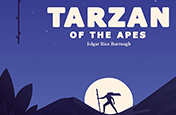How to draw an elephant step by step.
Elephants may be the biggest animals on land, but drawing them doesn’t have to be a big challenge. Learn to draw an elephant with this fun and easy drawing lesson
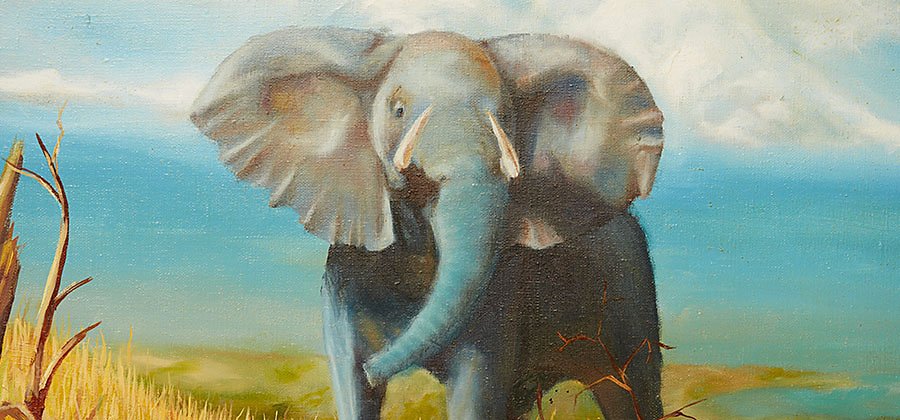
From tusk to tail.
Elephant drawings may look daunting, but they’re actually one of the easiest animals for beginners to tackle. The key to any animal drawing is to break it down into simple shapes, and an elephant’s body is naturally built around large, basic shapes. Follow this drawing tutorial to discover how to recreate this majestic animal yourself.
Draw an elephant in five steps.
Follow along as illustrator Alex Braun draws an elephant in five simple steps using a digital drawing app, like Adobe Fresco. Before you start, Braun recommends looking up a reference photo to use as a guide throughout the process.

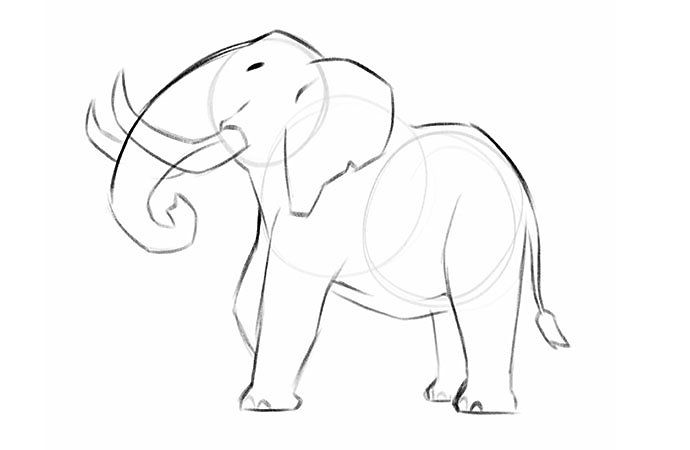
Image by Alex Braun
1. Draw circles for the body.
Elephants are solid, rounded animals. So to start out, simplify the body into three oval shapes: one for the head, torso, and pelvis area. Use rounded strokes and curved lines throughout the whole drawing. Even for lines that look straight, retain a slight bend. Otherwise, your elephant will look stiff and not lifelike.
Use your circles as a guide, and fill out the shapes of the elephant’s body. This may seem like a big leap, but with the help of your circles and reference photo, you’ll be surprised how easily it comes together. “Think of the legs as cylindrical shapes and the ears as triangles or trapezoids,” advises illustrator Chioma Iloegbunam. “Make sure to draw a more pointed arch near the base of the back, because the elephant’s spine is very defined,” adds Braun. You can also sketch details like the tail, toenails, and eyes at this stage, but don’t get bogged down by perfecting every detail yet.
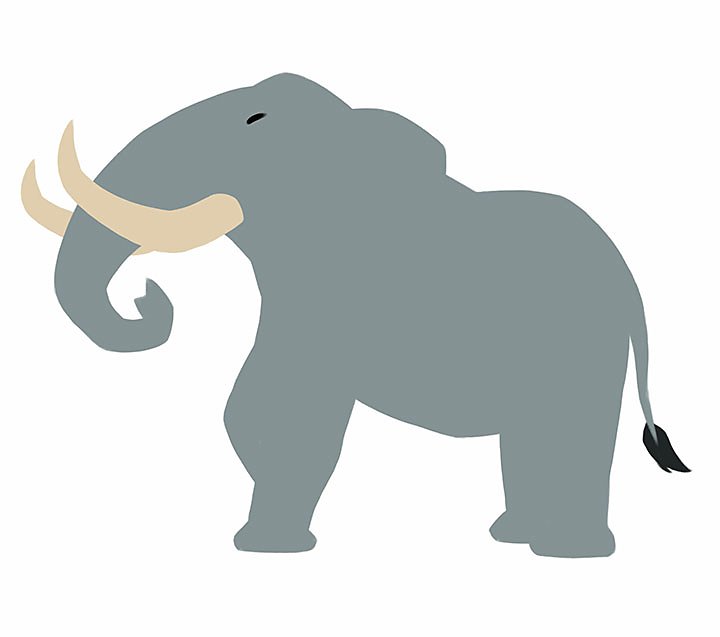
Image by Alex Braun
3. Outline and fill the body.
Lower the opacity on your sketch layer and make a new layer. Outline and fill the body with your desired color, leaving out the back legs, tusks, and tuft of hair on the tail. Then, on a separate layer, fill in the remaining areas with the color you used for the main body. “We want to separate this base part from the back of the legs and the tusks, so we can give those areas separate gradients later,” says Braun.
Make a new layer to fill in your tusks and another for the eye and tuft of hair on the tail. Next, apply a darker gradient around the elephant’s trunk, legs, and tusk using a soft brush. Create a soft, diffused brush by reducing the Hardness and Opacity of your brush to help it blend better. This will add dimension to your drawing and help it look more realistic. For each new gradient, lock all other layers you don’t want the gradient applied to.
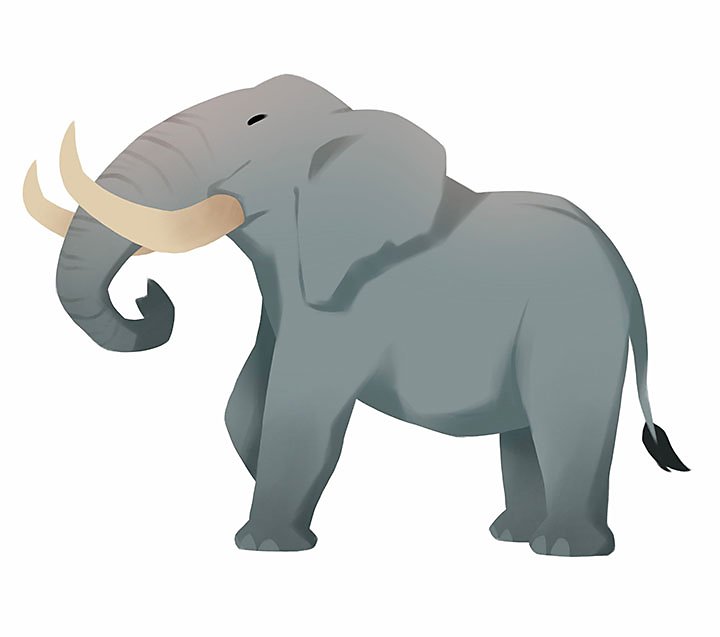
Image by Alex Braun
5. Add shading and final touches.
Open your sketch layer again and create a clipping mask. Set the blending mode to Multiply at 50 to 60% opacity. With this blending mode selected, everything under your clipping mask will be darkened, because the Multiply filter multiplies the effect of the layers it masks. This means you can use your body color to brush over areas you want to darken, as the two grays will compound into a darker shade that you can use as your shadow areas. “Make sure to define and separate the ear from the body so that shape doesn’t get lost,” says Braun. Add final details like wrinkles and creases on the elephant’s head and trunk, and you’re done.
Tips for drawing different elephants.
If you want to draw a specific elephant species, here are some things to keep in mind. African elephants are the largest land animals on Earth. They have gray skin and bigger, more pointed ears than their relative, the Asian elephant. Baby elephants of the Asian species will have brown to reddish hair that fades into gray as they age.
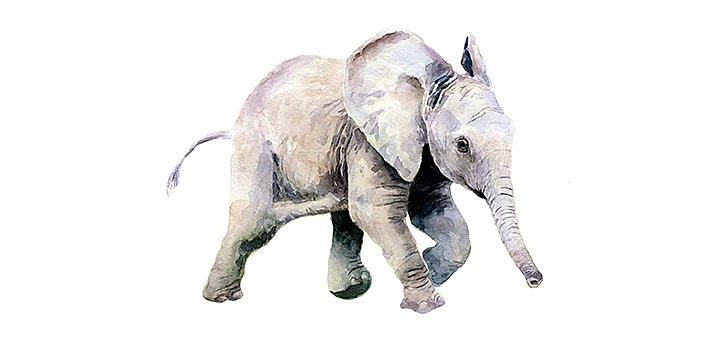


To draw a cartoon elephant, exaggerate expressions, shapes, and colors. Keep your detail lines to a minimum and instead use shading and gradients to convey depth. If a more realistic drawing is what you have in mind, you’ll want to dive into the intricacies of wrinkles and shading on an elephant’s skin.
Use these steps to launch your elephant drawing, and your skills, to the next level. Then experiment with different techniques, poses, and angles to draw a different character every time.
Contributors
You might also be interested in…
Take your skills to the next level with drawing exercises and advice from professional illustrators.
How to become a professional illustrator.
Get tips on portfolio creation and art presentation to help you kick off a new career.
Exploring watercolour techniques.
Capture the flowing brush strokes and rich texture of watercolours with these tips.
Beginning a career in children’s book illustration.
Get insight and advice into the competitive world of art for kid’s literature.



